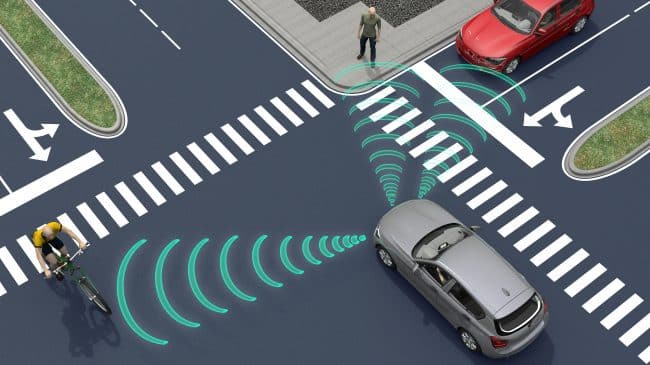Autonomous vehicles, one of the most discussed technologies in the transportation industry, promise significant benefits, especially with regard to safety. With the advent of smartphones and telematics systems, distracted driving is an increasing threat to road safety. Most drivers admit to taking their eyes off the road to check their e-mail, read a book or put on makeup. For this reason alone, autonomous vehicles could substantially improve roadway safety and revolutionize transportation over the long-term. Recent leaps in “machine learning”—a field of computer science that gives computers the ability to learn without being explicitly programmed—mean autonomous vehicles will be available to consumers in the near future.
Still, many of the biggest changes are 20 to 50 years away, with significant challenges to implementing autonomous vehicles remaining. Creating technology that works in inclement weather, mastering complex urban and suburban environments, and operating in an environment with non-autonomous vehicles, buses, train crossings, pedestrians, cyclists and parked cars is complicated. Plus, autonomous vehicles are likely to change traffic, transportation and parking patterns. Additionally, recognizing non-technical challenges such as public acceptance, human behavior, price and regulation should caution policymakers and planners regarding unrealistic expectations.
Given all of the unknowns, transportation agencies and governments are unsure how to prepare for autonomous vehicles. In the next five years, policymakers should focus on the intermediate effects, including a world in which autonomous and non-autonomous vehicles share roadways.
To safely and quickly hasten the development and implementation of autonomous vehicles, policymakers should:
- Pass new AV legislation only when existing legislation is clearly inadequate to allow for the development of the widest range of innovative options.
- Encourage autonomous vehicle testing with limited restrictions, as constraints on empirical testing will delay adoption.
- Focus on current and near-future levels of automation, such as the ways semiautonomous vehicles and vehicles with no automation features at all might share the roads and roadway testing of autonomous vehicles.
- Use scenario planning to sketch out a long-term vision, accounting for likely reduced use of light rail and some bus lines and changes in the location of parking.
- Become educated on autonomous vehicles and beware of uninformed, speculative claims.
Full Study— Autonomous Vehicles: A Guide For Policymakers

